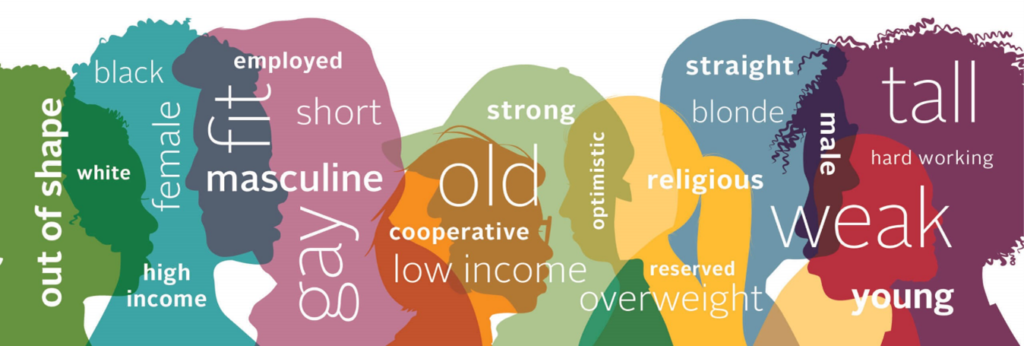Unconscious bias: a prejudice or stereotype individuals hold about certain groups of people that they aren’t consciously aware of having.

We are all guilty of it. Born with a predisposition to favour the familiar, unconscious bias is impossible to avoid. Our background, life experiences and cultural contexts shape our attitudes and values. Whether it is confirmation bias – the tendency to favour information that confirms an existing belief or hypothesis, or conformity bias – the tendency to change your belief or behaviour to fit in with others, unconscious biases influence every aspect of our lives. Paradoxically, and rather alarmingly, these biases can contradict values we believe we hold.
How does this tie into our work at AlphaPlus? First of all, we are lucky enough to have an incredibly diverse team. When I first joined AlphaPlus I was taken aback by the range of people I met. Individuals who started as apprentices to those who joined at the professorship level. People, like myself – Manchester born and bred – to those who grew up on the other side of the world. Strong female role models on the Board of Directors. People with engineering, military, language and medical backgrounds. For a small company, I’d say we do pretty well!
As specialists in education and assessment, bias also plays a role in the work that we do. To give an example, unconscious bias in the classroom is a focus of many teacher CPD courses. AlphaPlus’ research team recently evaluated one of these: a small-scale university-led intervention designed to tackle unconscious gender biases in primary school teachers.
The intervention was purposefully flexible, giving teachers the opportunity to adapt their own practice in a way they saw best fit. Examples of approaches the teachers adopted included blind marking and group feedback. Blind marking removed all identifiable characteristics from the learner’s work. By submitting pieces online anonymously, teachers marked work with no expectations of that child, and all possible biases were removed. Group feedback meant that no child was singled out or prejudiced against based on any individual characteristic, including gender. The initial results of the intervention suggested that teachers found these tools useful, with many planning to embed them into their practice. Learners seemed to benefit too, with teachers reporting that their low attainers were more engaged than their higher-attaining counterparts. Some even won anonymous writing competitions carried out as part of the activities!
Unconscious bias is also an important consideration in assessment design and evaluation. If an assessment favours a certain type of learner, its validity is threatened as success is influenced by factors other than the construct being assessed. Imagine a Spanish GCSE question based on an image of a woman on a beach. The question asks candidates to write a paragraph describing this woman’s experience. Candidates who have not been on a beach holiday are automatically disadvantaged; they are unable to draw upon their own experiences to help them answer the question, whatever their proficiency in the language.
This is often referred to as construct irrelevant variance – the inflation or deflation of test scores due to factors other than those intended by the test. This is a key threat to the validity of any assessment. Whilst a certain element of bias is unavoidable in assessment design (unless context is stripped from questions altogether) steps can be taken to minimise bias. For example, by having a diverse group of assessment authors and quality reviewers who reflect the characteristics of those taking the assessment. There is no such thing as ‘the perfect assessment’. But setting out a strategy to recognise and try to limit bias is a good starting point.
AlphaPlus evaluates a range of projects, from small-scale pilot trials to larger EEF interventions, we also work with assessment providers to examine differential item functioning. To learn more about AlphaPlus’ evaluation or assessment capabilities, please email us at .
 AlphaPlus
AlphaPlus